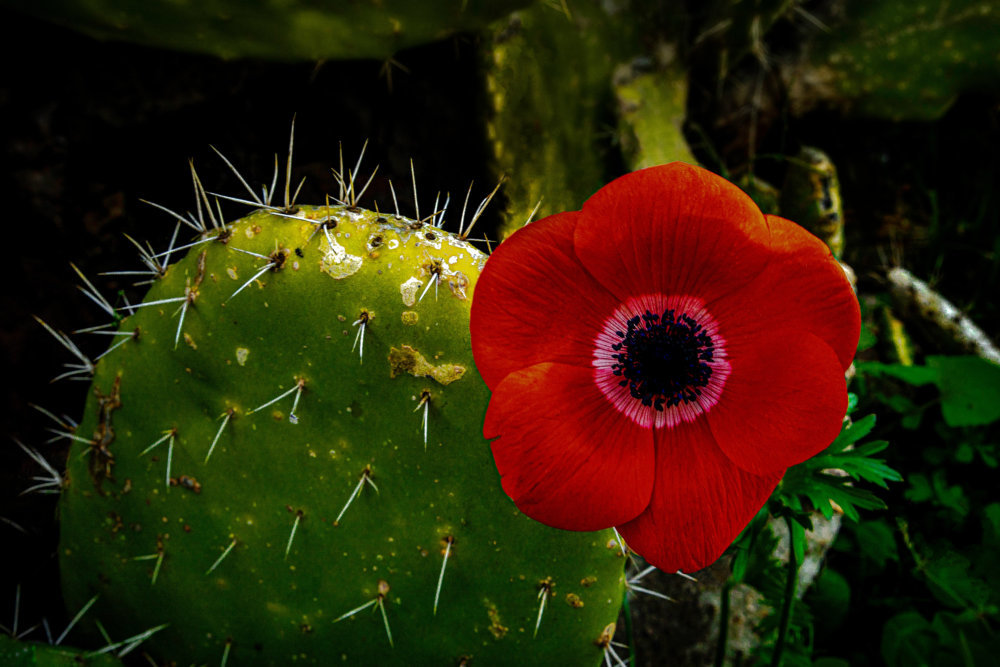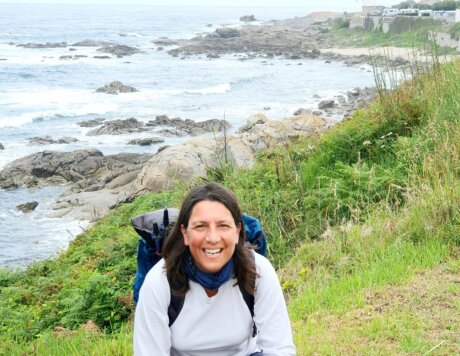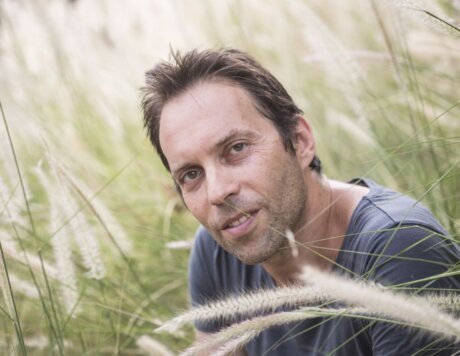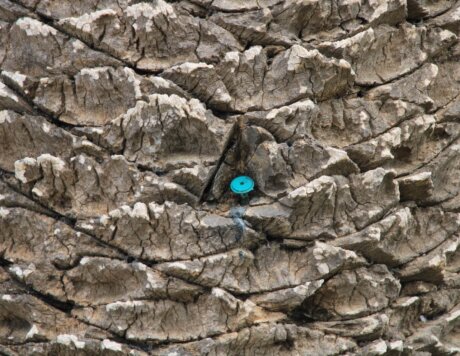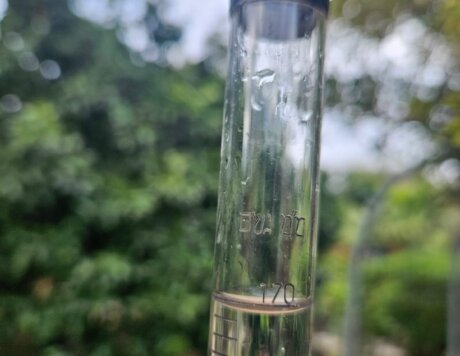And what about the little fire ant? In this very magazine we wrote that wherever there are fire ants, within a decade we won’t see other ant species. Is this also a myth?
‘No, it’s not a myth. It’s true that in the same location there won’t be any other ant species; the fire ant has relative advantages over them. But does this mean that the other ant species in Israel are in danger of extinction? The answer is no! The fire ant can only live under conditions of constant humidity. In nature, outside of gardens and farmlands, conditions aren’t suitable for the fire ant. Wherever the fire ant is absent, there is a refuge for other species.’
Are you against intervention and control of the fire ant?
‘That’s an excellent point,’ Yohay enthuses, ‘We must distinguish between real danger to humans, like fire ant stings, and imagined harm to ecosystems, which is not as terrible as it is presented and definitely not irreversible. Wherever humans suffer real harm, such as in the case of the fire ant, we must intervene, but this is not an ecological problem.
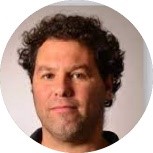 |
‘Here, surprisingly, we switch roles,’ says Assaf excitedly, ‘because when ecologists initially defined invasive species, there was a reference to their ecological damage. But then they took it further and began to define invasive species as those that cause damage, any kind of damage. As an ecologist, harm to humans like that caused by the fire ant doesn’t interest me; I focus on harm to biodiversity and the various species.’ |
‘When there’s harm, or enough circumstantial evidence of great potential for harm, I maintain that we must act sensitively, but firmly. However, we must not ignore the complexity of this issue, and definitely not the deserving, principled opinions presented by Yohay and other researchers active in nature conservation and animal welfare protection. This is a very slippery slope; the moment we begin to divide nature into good or bad, local or foreign, we enter a very complex dialogue that can serve as a double-edged sword against us; I’m not sure that as ecologists we have all of the tools to deal with this dialogue. Therefore, I think that we don’t need to judge species by their origin, in the first stage, but rather by the strength of evidence on the ecological damage they cause and the potential harm of foreign species that recently escaped or were released to nature. We should also be very cautious in both our declarations and our actions, and mostly it is important to collect information and establish our suspicions rapidly. However, at the moment that we pass a certain threshold of ecological damage, I believe that we must act, particularly in nature reserves, but of course in the most controlled and least aggressive way.’
Putting an end to it
So what message would you like to convey to the public with respect to invasive species?
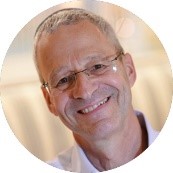 |
‘We think we’re rational and objective,’ says Yohay, ‘but in many cases we act according to prejudices and gut feelings. We need to check ourselves thoroughly before we intervene in nature, particularly before setting out on a killing spree. We must be sure that the action is indeed justified and that it will really bring a benefit and solve the problem.’ |
 |
‘First of all, it’s clear that prevention is better than any kind of intervention, and it’s also cheaper,’ says Assaf, ‘therefore, the public must understand that we all have a responsibility to follow the law and make sure that non-local species are not released to nature. Our entire discussion today is about situations in which populations have already established, spread, and caused ecological damage. I think that it is important to act, and not ignore, as we are acting today to rehabilitate destroyed habitats; even here we can say we’ll let nature do its thing, but this doesn’t always work and in any case the area remaining for nature conservation is limited. So yes, in my opinion we need to act, but with discretion, consideration and a willingness to listen to other opinions, and of course with as much compassion as possible.’ |


